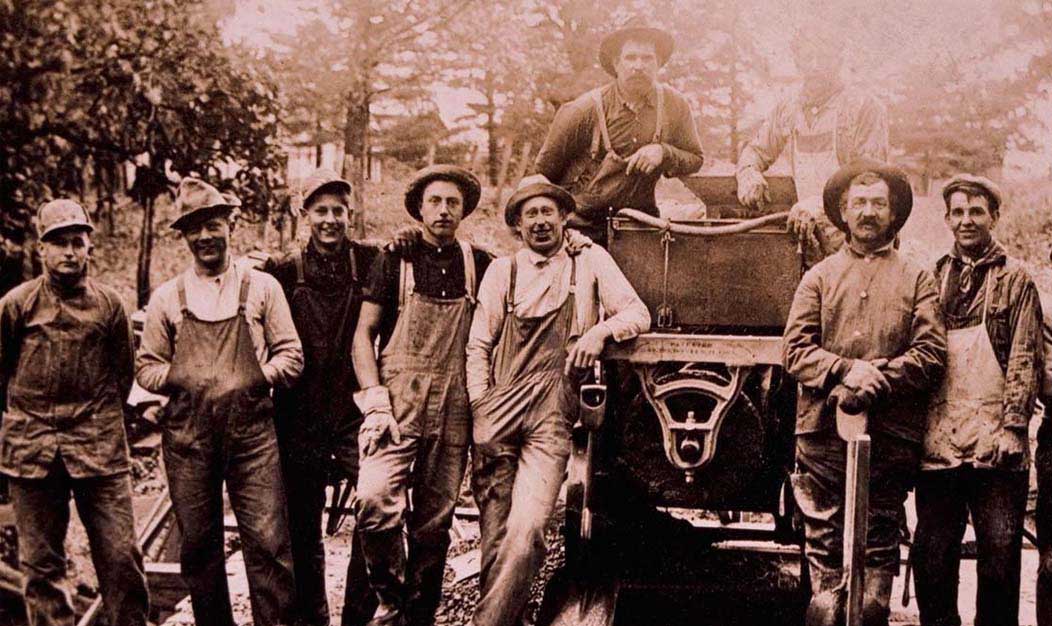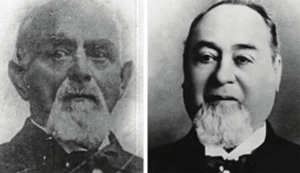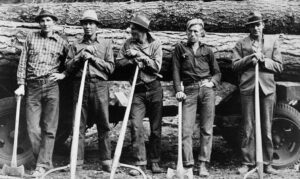This day May 20, 1873! Levi Strauss and Jacob Davis patented work pants 149 years ago today

May 20 is a special day as 149 years ago, 1873, today, business partners Levi Strauss and Jacob Davis, blessed the world with work pants, which over years evolved into blue jeans and now is famously known as denim. To us, denim is the go-to outfit, especially if you need to step out immediately but look presentable enough as well. The fabric simply works wonders at any and every occasion. In fact, it has become the new formal too as individuals wear it to work. What started off as basic work pants for miners has now become a huge part of our wardrobe. With that, let us take you through a journey of how the pants came into existence and how the patented fabric played diverse roles in fashion, society and culture.

How it all began
Levi Strauss, a Bavarian-born dry goods merchant, came to San Francisco in 1853 at the age of 24 to open a West Coast branch of his brothers’ New York wholesale dry goods business. Over the next 20 years, he built his business into a very successful operation, making a name for himself not only as a well-respected businessman, but also as a local philanthropist. One of Levi’s customers was a tailor named Jacob Davis.

Tailor Jacob Davis was working in Reno, Nevada in the late 1800s. Back then, Reno was a western mining town. One day in 1871, a miner’s wife came into the tailor shop. She was angry. She wanted to know why her husband’s pants were always wearing out, particularly around the pockets and the button fly. There were always tears that she had to fix constantly.
She told Davis to do better and create a tougher pair of pants, the type of pants that could actually withstand the harsh conditions in the mines.
He didn’t know he was holding a multi-billion-dollar idea in his hands. But a retailer in San Francisco immediately saw the potential.
A Business is Born
Jacob Davis needed tough fabric to make more trousers, so he went to a store owned by German immigrant Levi Strauss. He showed the pants to Strauss, who took an interest in the design. Together, the two filed a patent and began a business. When their patent was issued on May 20, 1873, it was the beginning of the blue jean industry.
Soon, the first riveted clothing was made and sold.
It’s consider May 20, 1873 the “birthday” of blue jeans, because although denim pants had been around as workwear for many years, it was the act of placing rivets in these traditional pants for the first time that created what we now call jeans.
Strauss brought Davis to San Francisco to oversee the first manufacturing facility for “waist overalls,” as the original jeans were known. At first they employed seamstresses working out of their homes, but by the 1880s, Strauss had opened his own factory. The famous 501 brand jean—known until 1890 as “XX”—was soon a bestseller, and the company grew quickly. By the 1920s, Levi’s denim waist overalls were the top-selling men’s work pant in the United States. As decades passed, the craze only grew, and now blue jeans are worn and beloved by people old, young and everything in between around the world.
Denim and the rebel youth wing
Time passed and denim found a new stature in the fashion industry, a symbol of the rebel youth wing who stood against the establishment. Rock’n’roll stars with their denim pants and buttonless shirts further promoted this idea as the new cool and ideal sex appeal. From hippies to war protestors, teenagers resonated with denim as symbolic to their strife and their cause of the protest. Soon, even feminists chose blue jeans as a means to propagate gender equality. Banning the fabric from institutions further propelled its presence in society and eventually formed quite a culture.
The next time you see someone wearing a pair of Levi’s® jeans, remember that these pants are a direct descendant of that first pair made back in 1873. That year, two visionary immigrants — Levi Strauss and Jacob Davis — turned denim, thread and a little metal into what has become the most popular apparel on earth.







